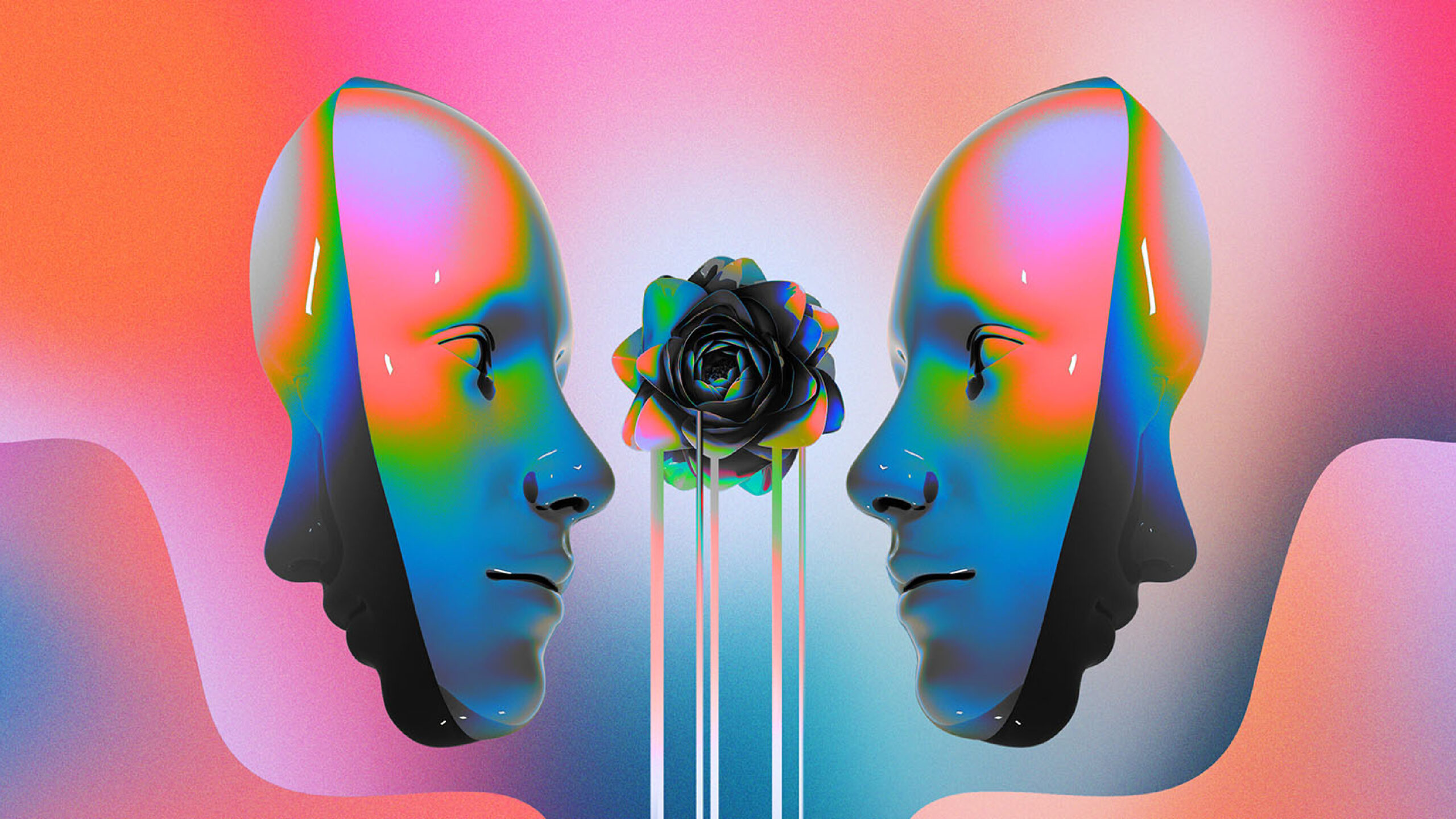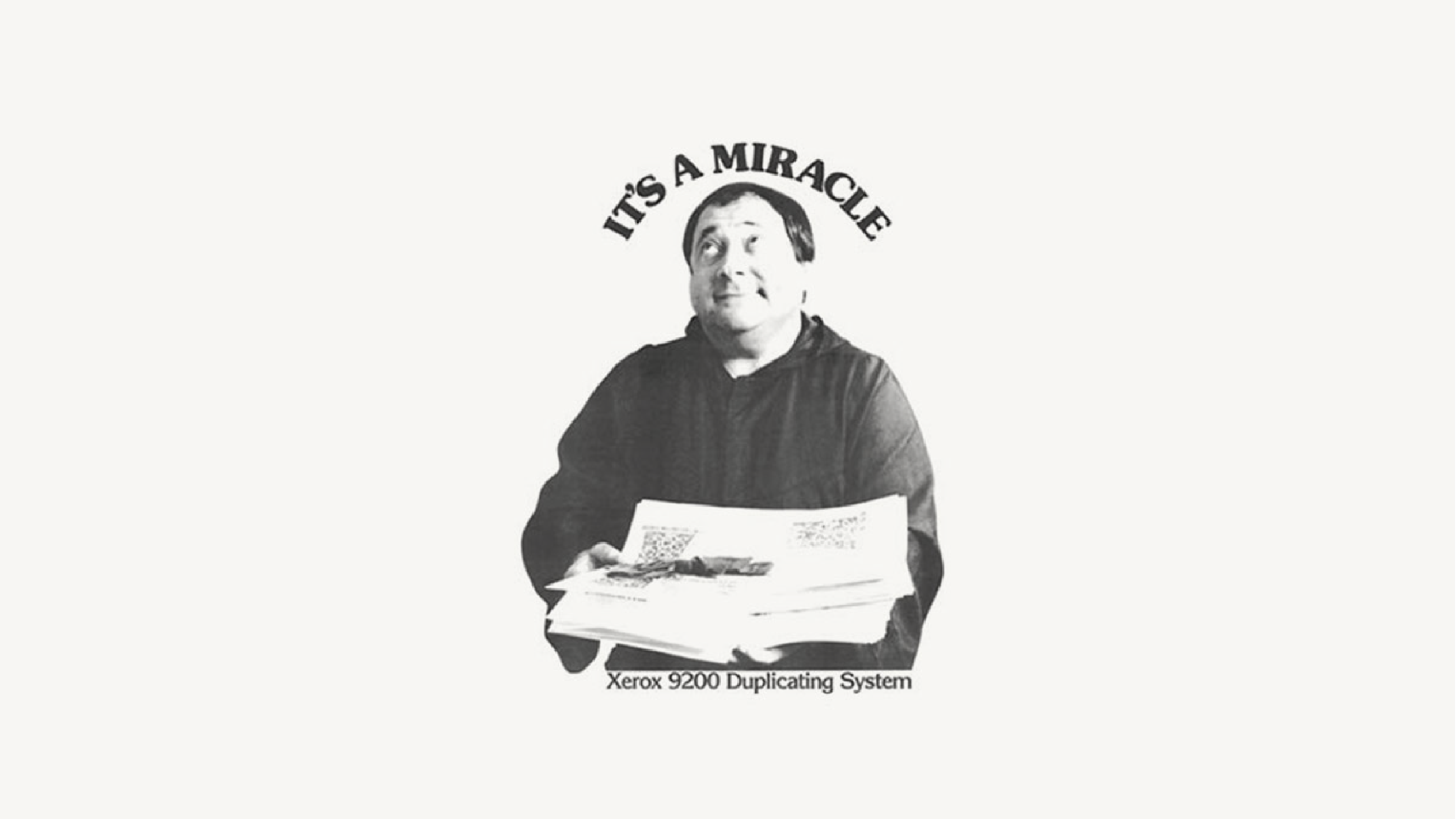
The Importance of Brand in Web3 Digital Marketing
Branding was born to help consumers navigate the paradox of choice, but the technological development of Web3 continues to confound even the savviest marketers. Despite decentralisation promising a fragmented market, Goblintown and Bored Ape Yacht Club (BAYC) have risen through the ranks. As projects flood the world of Web3, those that stand out have a Web3 digital marketing strategy that draws from a solid brand identity and a keen eye for flows of contemporary culture.
Despite the tension between Web2 and Web3, an ideal future combines the best of both these worlds. Web2 championed accessibility and user experience, developing a centralised system for networking, knowledge sharing and interpersonal communication. Experts in Web3 digital marketing take these elements and build strong, tight-knit communities that emphasise human characteristics. You cannot launch a successful Web3 project without gaining and maintaining people’s trust.
We need to move away from the idea that the technological developments of Web3 are inspiring a cultural revolution, but rather the other way around. This new web symbolises a “massive societal shift, infused with innovation and supercharged with values,” states blockchain venture capital founder Lior Messika. But this situation isn’t new. As brands augmented symbols to represent specific intangible values, we stopped buying products and started buying what the product said about our personality.
This curation of brands into fully formed identities has gone to an extreme. Substack writer, Rayne Fisher-Quann, spoke to this in her article ‘Standing on the Shoulders of Complex Female Characters’, wherein this identification turned away from personality and toward mental illness. “It’s very common for people online to express their identities through an artfully curated list of things they consume or inspire to consume,” she explains.
Christopher Storer, Program Creator. Episode 1. System. The Bear. FX on Hulu. Starring, Jeremy Allen White and Matty Matheson. Recording retrieved from Twitter.
It’s the self-described “Joan Didion/Eve Babitz/Marlboro Reds/Straight-Cut Levis/Fleabag Girl” Tiktok user (meaning, lonely feminist with depression). Or it’s the “Incel/QAnon/4Chan/Snyder Cut mf’ers” (meaning, lonely gamer with depression) in Hulu’s culinary drama The Bear. The WGSN Youth Culture Report calls this a move from entertainment to “intent-tainment.” We’re consciously consuming branded content that aligns with our values, no matter how misleading these combinations may be.
Goblintown is a prime example of a Web3 project that took advantage of this attitude. Its’ one-of-a-kind tone of voice is a strategic combination of a Goblin Mode market sentiment (lazy, feral, detached, indulgent) and a sound-it-out spelling that is fun to decipher. It was the first project to announce a “No Roadmap, No Discord, No Utility” strategy that promoted the messy, easy-going attitude of going Goblin Mode. It strategically withheld the identity of the people behind the project to generate intrigue and encourage social media chatter. It also launched the McGoblin Burgers project, a riff on the perceived degeneracy behind fast-food brands that promoted a bonding and burning strategy to evolve Goblintown’s brand identity.

GIF generated from Goblintown’s website: https://goblintown.wtf.

Screenshot taken from Goblintown’s Twitter:
https://twitter.com/goblintownwtf?s=20&t=LZqN2zS2Cm4_fJA9GmpmLw.
Personal curation through brands has permeated how we understand the world and how we relate to each other. Since neoliberalism valorised the individual, as a society, we’ve become acutely aware of personal narratives and can scrutinise them in much detail. Relating to the world has become an “if you know, you know” (iykyk) type of exchange because those who don’t know these cultural references become ostracised from the conversation.
In this way, by aligning ourselves with brands, we inadvertently force others to do their research if they want to keep up with contemporary culture. We become walking brand identifiers that provide an infinite combination of intangible values for new personalities to be formed. We’ve become “gimmicky”, as aesthetic theorist Sianne Ngai would say, because we’re aware of how capitalism constantly misprises things bought and sold. This sentiment has fuelled mistrust in the world of Web3, but ironically, it also opens a pathway toward a trust-filled future.
As Ngai explains, “cheap gimmicks are enjoyable if they’re presented with a certain flamboyancy, a good gimmick can assume as much as it confounds, and a bad gimmick can be ‘comically irritating’ if it’s managed to convince others despite its obvious overcompensation”. Web3 is a good gimmick, for contemporary cultures’ penchant for irony and the absurd sits at the core of its make-up. It’s the mismatched bagging of Web3’s hustle mentality with Goblin Mode’s resignation that has drawn so many into Goblintown’s interpretation of the world.
As self-proclaimed “lit-bros”, the creators of Bored Ape Yacht Club (BAYC) told New Yorker Magazine that they first bonded over an argument about David Foster-Wallace, American author and father of post-ironic literature. This admission is telling. Their conversation informs the hyperawareness toward brand identities that Rayne Fisher-Quann discussed and Ngai’s good gimmick. For if a brand, in the words of trend forecaster Sean Monahan, is “a prank when you trick your friend, a scam when you trick your audience, and a hoax when you trick the world, what do we call it when everyone is already in on the joke?”.

Rolling Stone x Bored Ape Yacht Club Limited-Edition Zine, image retrieved from:

A collection of Bored Ape Yacht Club NFTs sold at a Sotheby’s Auction, image retrieved from:
https://www.artnews.com/art-news/news/bored-ape-yacht-club-nfts-stolen-2022-13-5-million-1234637674/.
Brands have become such an entrenched part of society that we are aware of their intangible values and curate them in a way that makes fun of their inauthenticity. This way of manipulating and making fun of symbols, as Kate Knobbs explains of BAYC’s success, draws from an absurdist artistic lineage that mocked the relationship between art and commerce. It’s akin to Marcel Duchamp’s urinal (1917) or Andy Warhol’s soup can, but BAYC has taken this further. BAYC’s good gimmick is that its’ NFT design doesn’t mock the art world or its history but is merely a certificate of authenticity that neither references nor represents anything more than the commodity itself. And that commodity has always been the consumer.

Marcel Duchamp, Fountain, porcelain, original 1917, replica 1964, housed at Tate Modern. Image is taken from: https://www.tate.org.uk/art/artworks/duchamp-fountain-t07573.

Andy Warhol, Campbell’s Soup Can, acrylic with metallic enamel paint on 32 canvas panels, 1962, housed at MoMA. Image is taken from:
Blockchain, specifically the NFT project, is an inherently absurdist venture. A project’s value becomes an abstract attribution of characteristics the public assigns to the brand’s identity. In this way, “the fourth wall has fallen”, as trend forecaster, Sean Monahan argues. “What was once metaphor is now fact: ‘All the world’s a stage.’ And we have become both the players and the audience.” Web3’s promise has always been to return control to the consumer, so it makes sense that successful Web3 projects have strong brand identities that can be manipulated by the flows of contemporary culture.
Whilst the experience economy has stuck around, Covid-19 put a spanner in those works. The progression of value has moved into a sense of resonance, a deeply held and widely spread reliability that transcends the physical to permeate every aspect of life. As Antonis Kocheilas, Global CEO of Ogilvy advertising would say, it’s about creating a free-flowing relationship where consumers use brands to become someone instead of brands using consumers to build status and wealth. Creating a successful Web3 project isn’t just about establishing a brand or acting with purpose. It’s about inviting consumers to build their own world by rewarding individuality through community collaboration.
WORKS REFERENCED:
Antonis Kocheilas. [Whitepaper] To Brand or Not To Brand: From Symbols and Stories to Systems. Ogilvy. August 2019.
Kate Knobbs. How Did the Bored Ape Yacht Club Get So Popular?. Wired. February 2022: https://www.wired.com/story/celebrity-nfts/.
Sean Monahan. [Whitepaper] Gonzo Report. 8Ball. November 2020.
Sianne Ngai. Theory of the Gimmick: Aesthetic Judgement and Capitalist Form. Belknap Press. June 2020.
Kari Paul. Slobbing Out and Giving Up: Why are so many people going ‘goblin mode’?. The Guardian. 14 March 2022: https://www.theguardian.com/technology/2022/mar/14/slobbing-out-and-giving-up-why-are-so-many-people-going-goblin-mode.
WGSN. [Whitepaper] Future Consumer 2024. Ascential. May 2022.
Rayne Fisher-Quann. Standing on the Shoulders of Complex Female Characters. [Substack] Internet Princess. February 2022: https://internetprincess.substack.com/p/standing-on-the-shoulders-of-complex.





